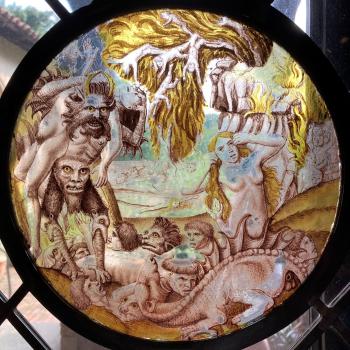I was inspired after reading Chris Arnade’s piece on “Back Row America” in First Things to reflect on the distinct styles of devotion among different socioeconomic and ethnic lines. Arnade writes that
Like most in the front row, I am used to thinking we have all the answers. On Wall Street, there were few problems we couldn’t solve with enough smarts, energy, audacity, or money. We even managed to push death into the distance; with enough research and enough resources—eating right, doing the right things, going to the correct medical specialist—the inevitable could be delayed, and mortality could feel distant.
With a great job and a great apartment in a great neighborhood, it is easy to feel we have nothing for which we need to be absolved. The fundamental fallibility of humans seems outdated, distant. It’s not hard to imagine that you have everything under control.
On the streets, few can delude themselves into thinking they have it under control. You cannot ignore death there, and you cannot ignore human fallibility. It is easier to see that everyone is a sinner, everyone is fallible, and everyone is mortal. It is easier to see that there are things just too deep, too important, or too great for us to know. It is far easier to recognize that one must come to peace with the idea that we don’t and never will have this under control. It is far easier to see religion not just as useful, but as true.
While visiting a suburban parish near my family’s summer home, I observed a “front row” attitude pervading the worship experience. It was drastically different from what I’m used to in my urban working class parish. Here’s a sneak peak of what I wrote for Ethika Politika:
Working in an urban area, I usually attend Mass with working class immigrants. The majority are from Latin America, West Africa, or the Afro-Caribbean isles. There’s always a handful of the city’s remaining Southern and Eastern Europeans (Italians, Portuguese, Polish)–the majority of whom have assimilated for the most part, and a couple of freshly immigrated southeast Asians. The devotion of these populations is markedly distinct from that of the totally assimilated, nearly Waspish, upper-middle class suburban crowd.
*Please note, my essay does not intend to belittle the devotional practices of upper-middle class suburban people. This is me expressing what I find to be most helpful and inspiring.












